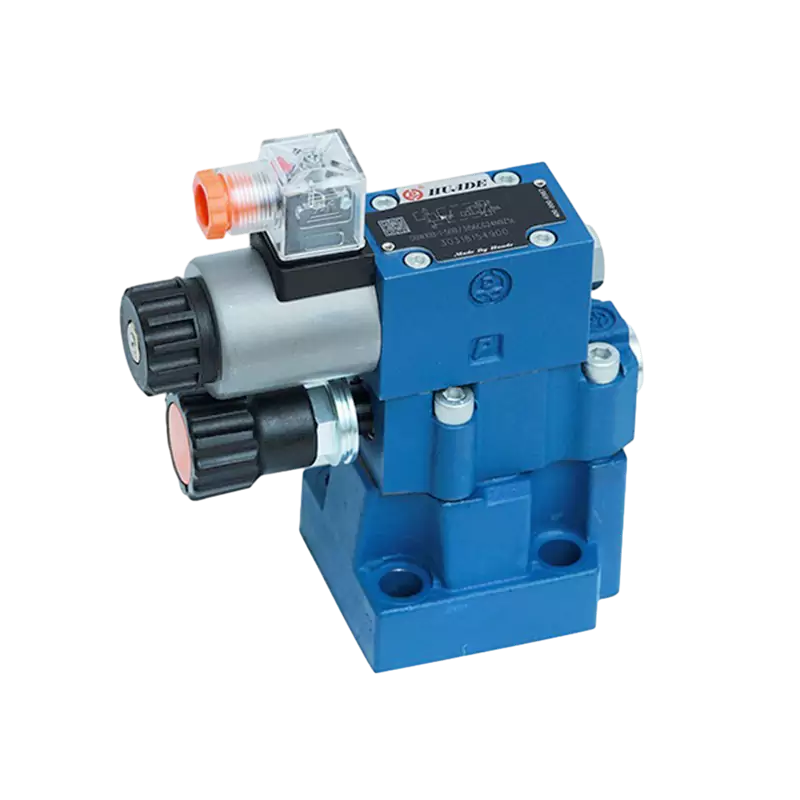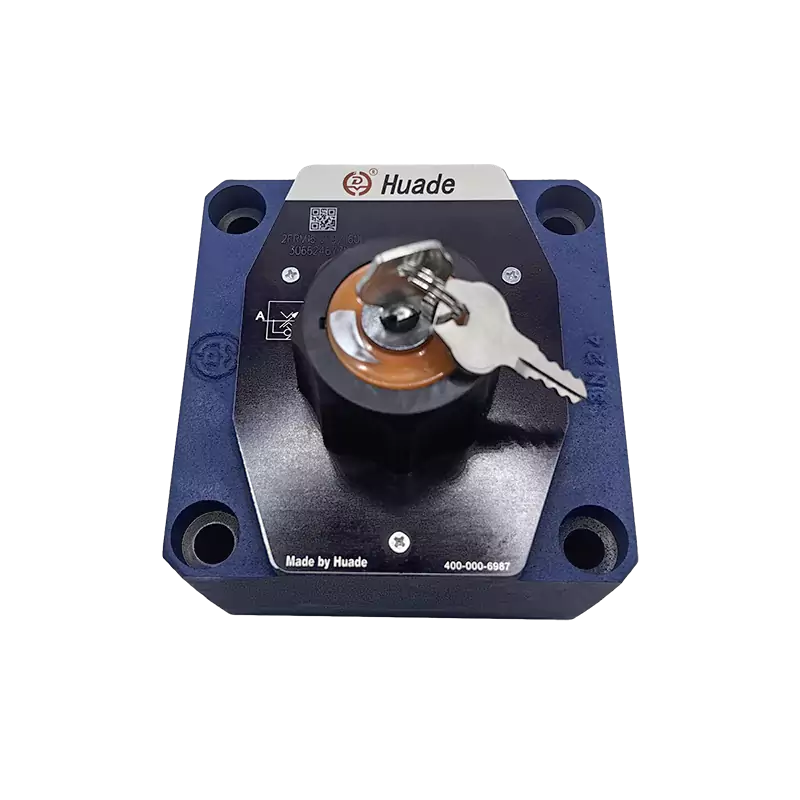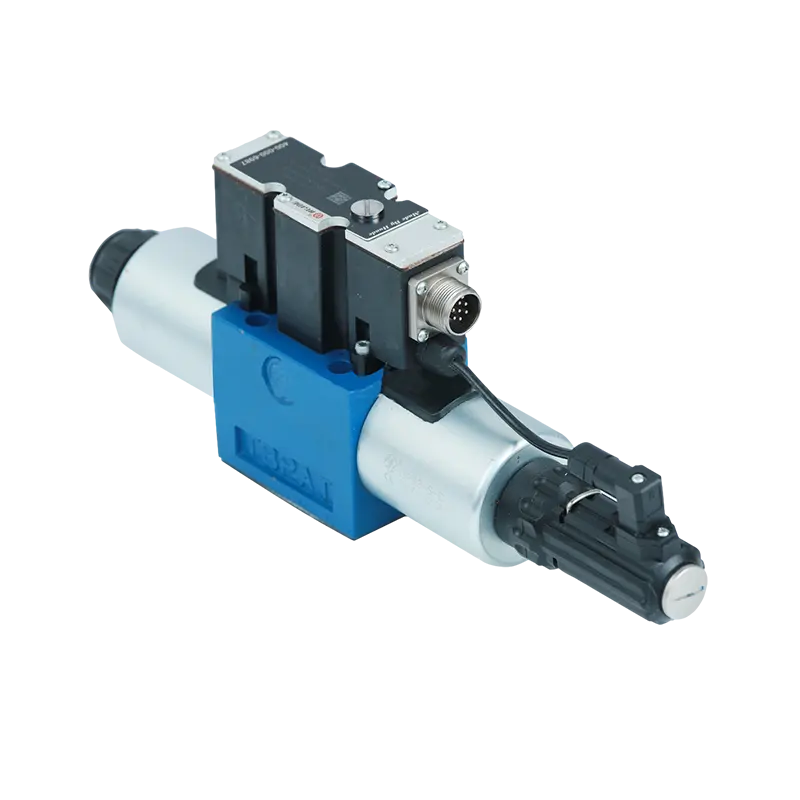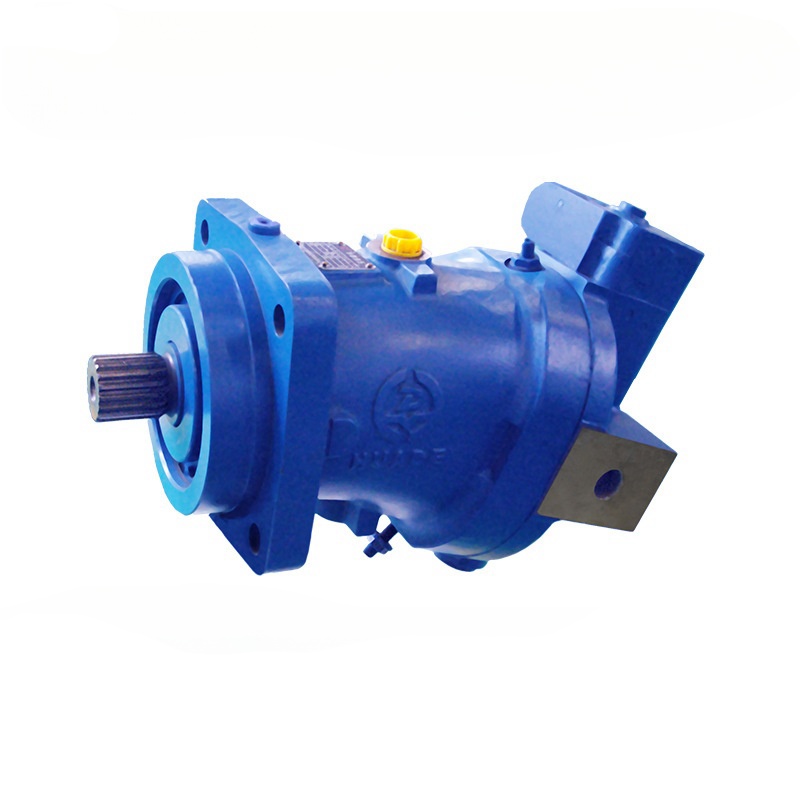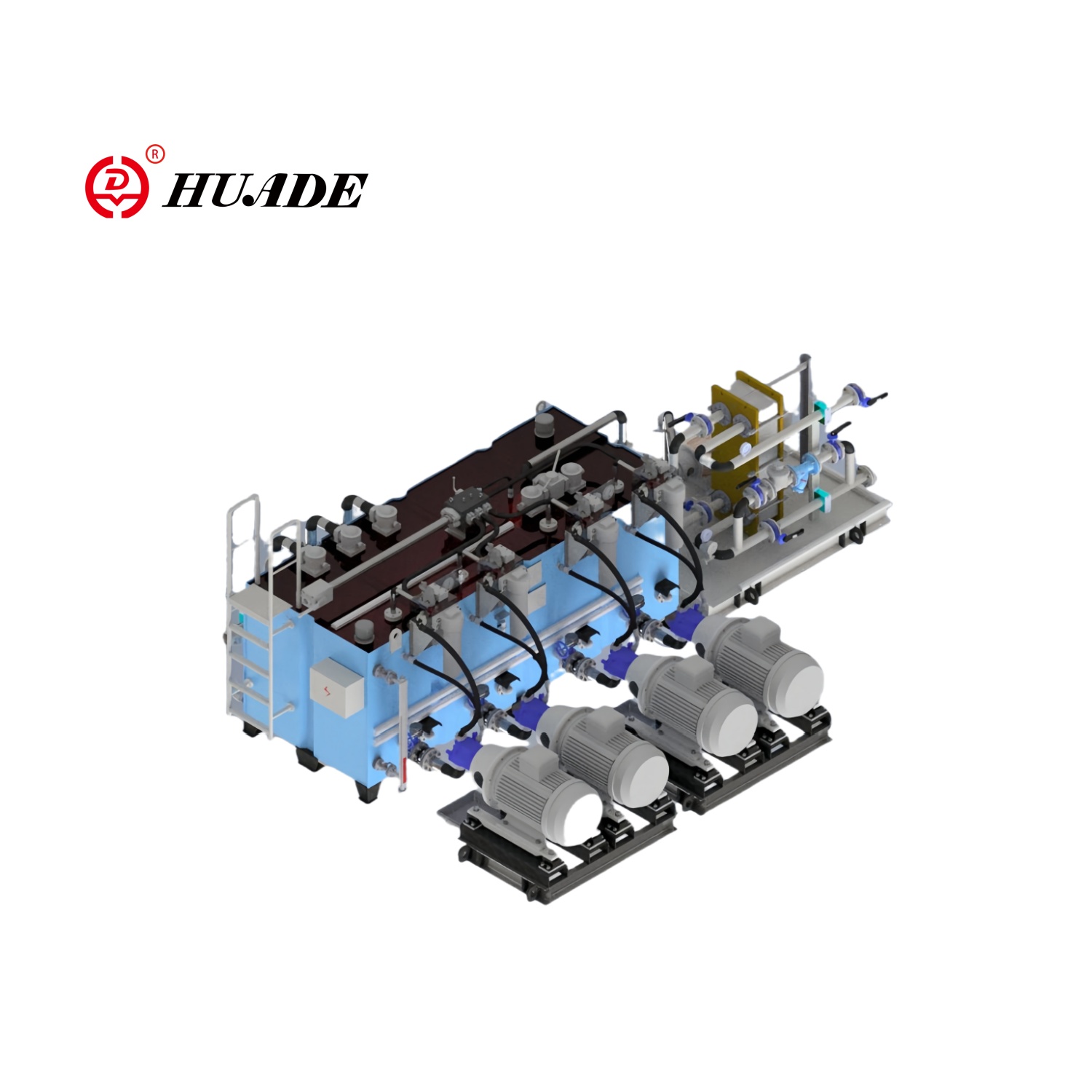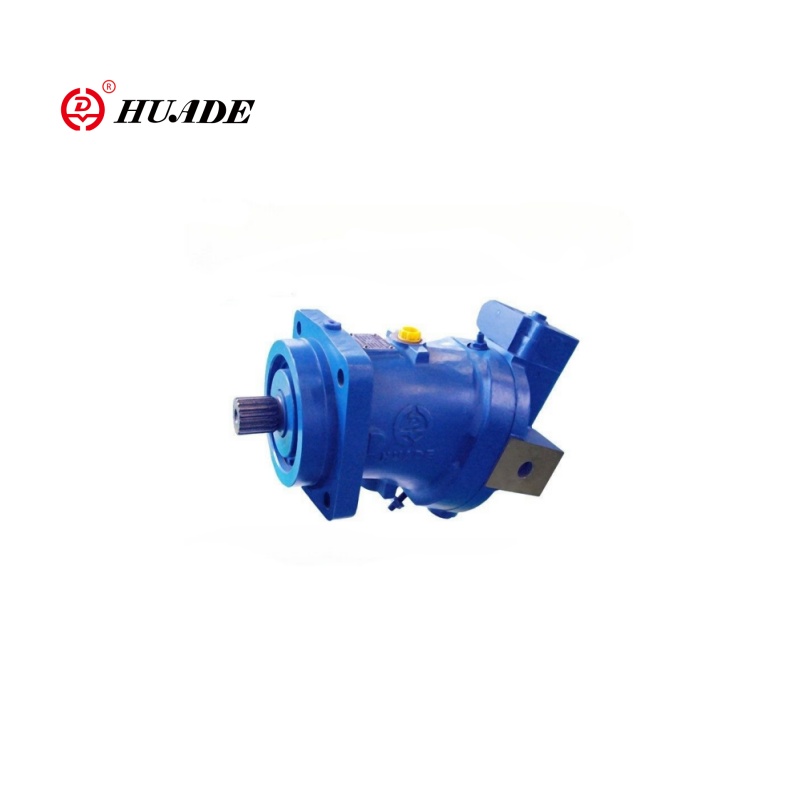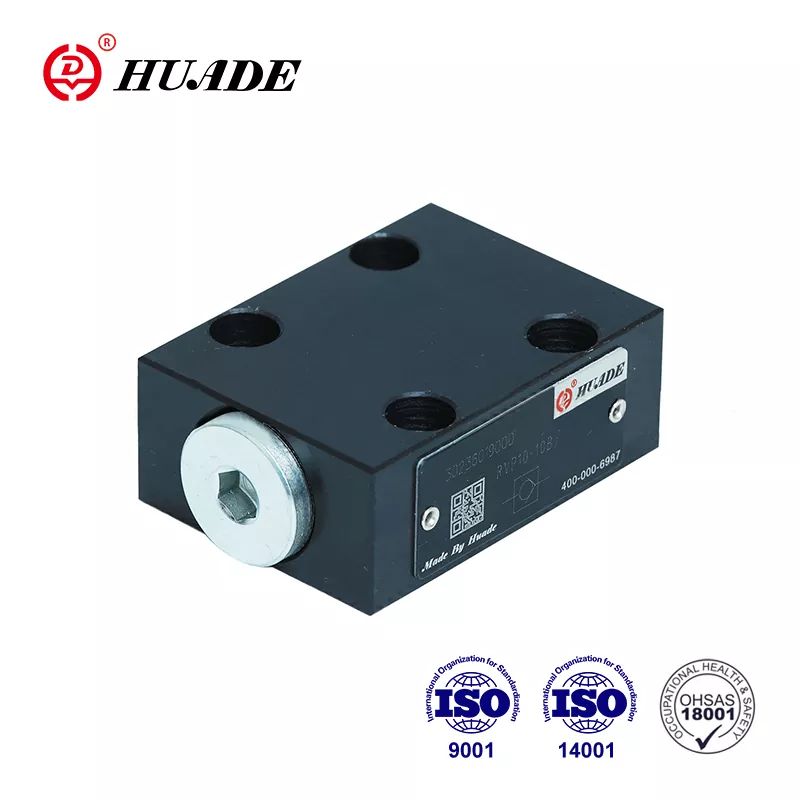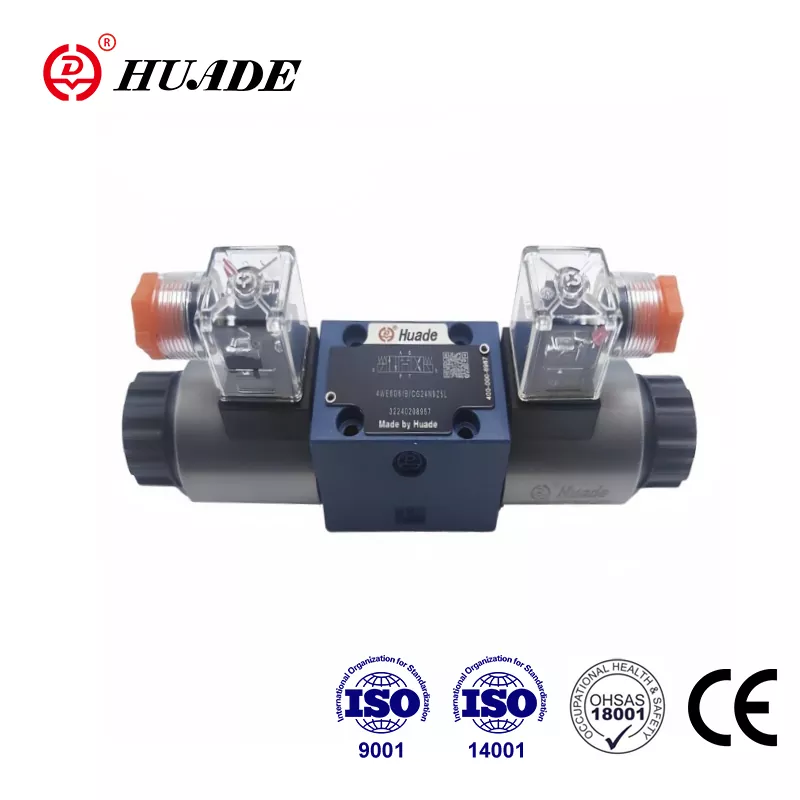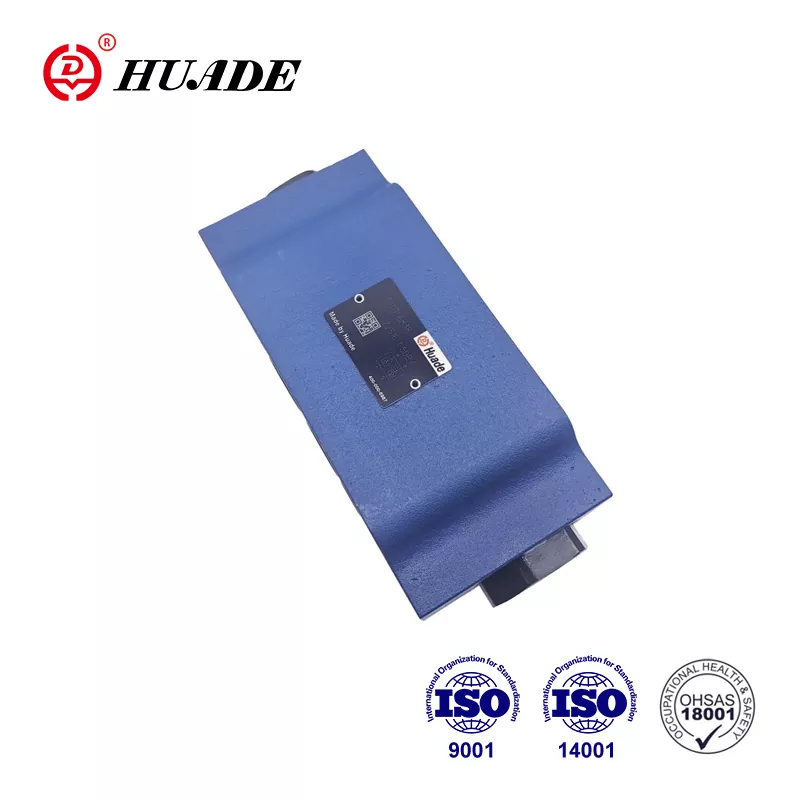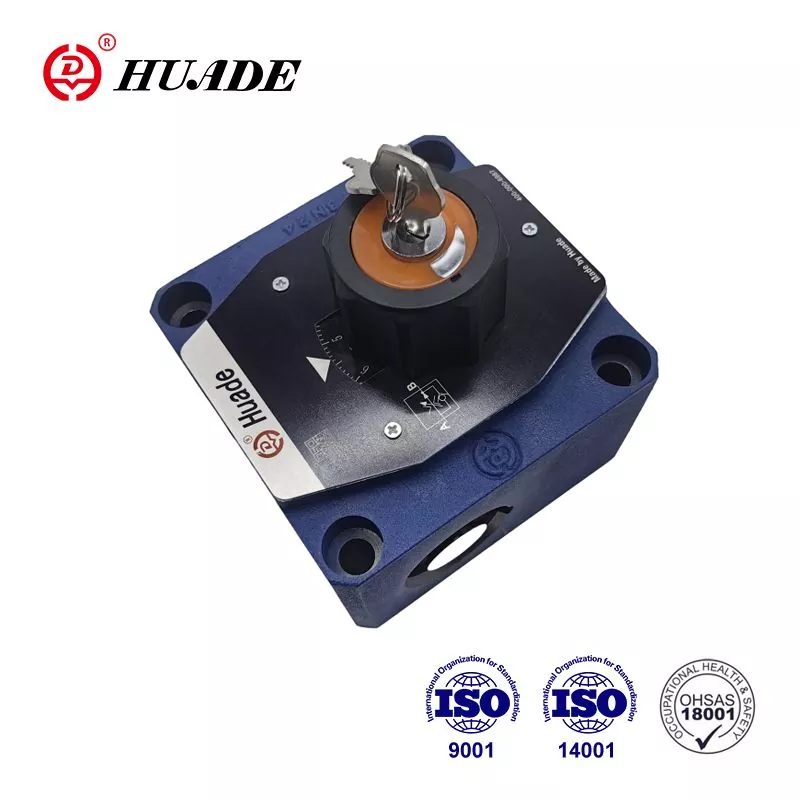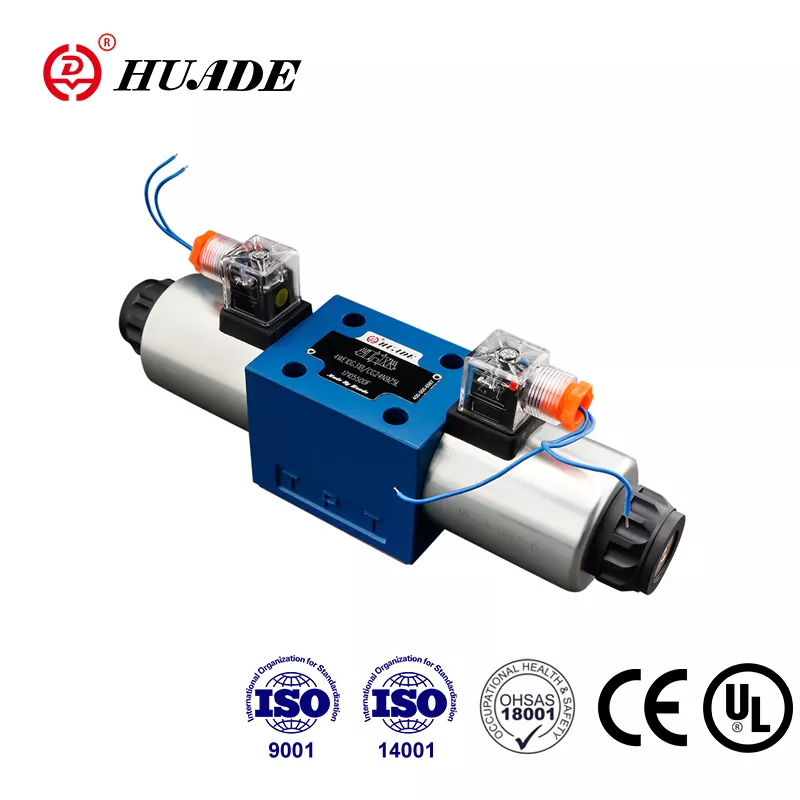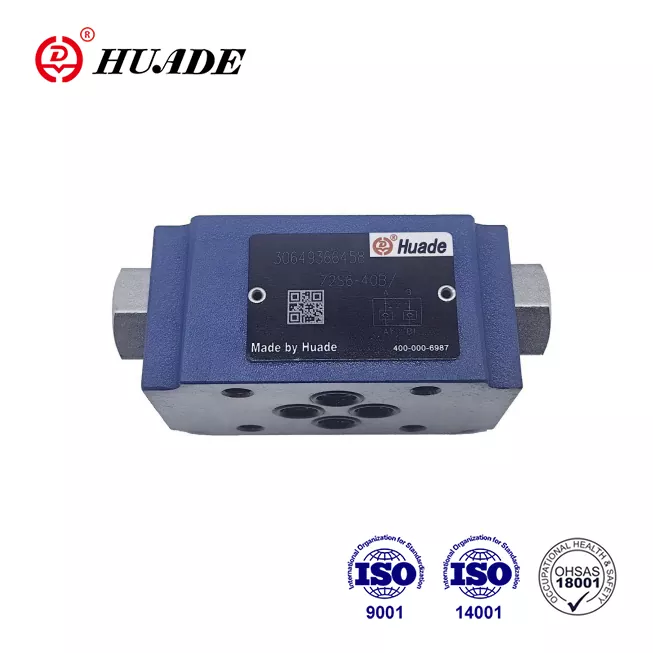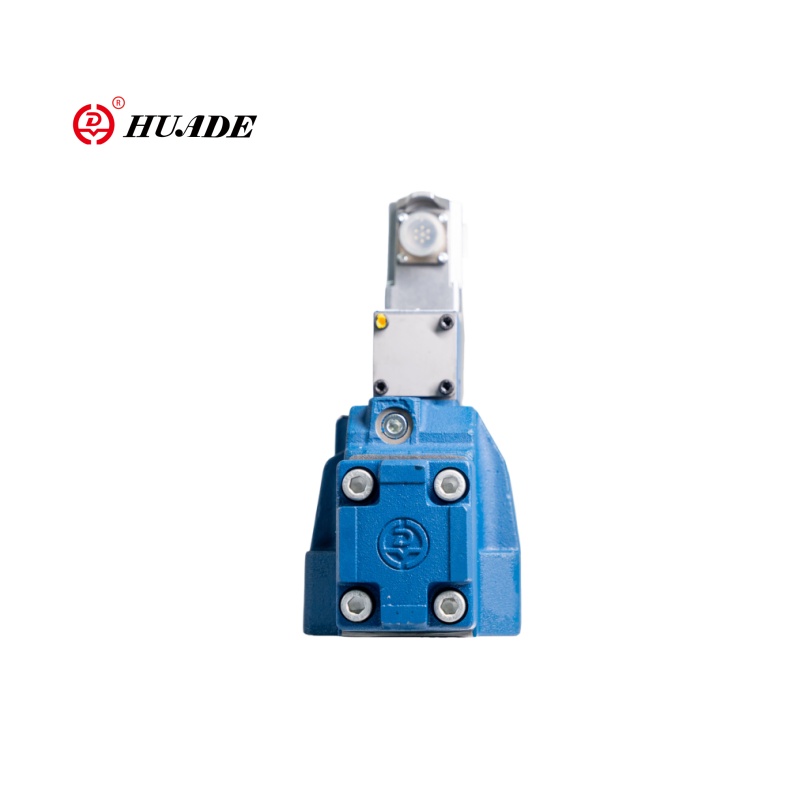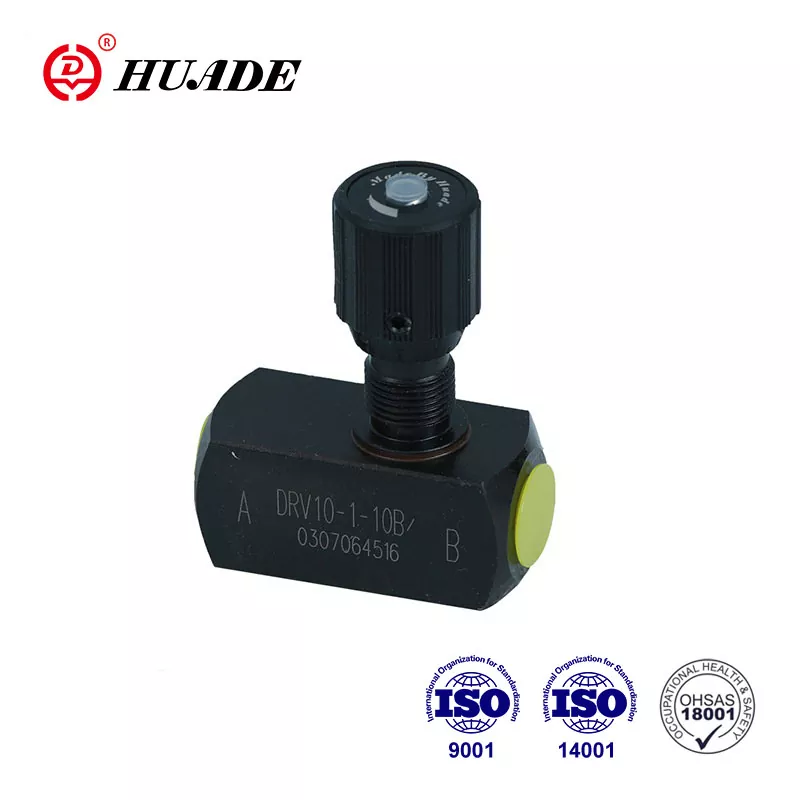
In this guide, we'll explain everything you need to know about throttle valves, electronic throttle control, and throttle valve symptoms in simple terms that anyone can understand. We'll also cover practical topics like how to clean throttle valve systems and when to seek professional help.
What is a Throttle Valve?
A throttle valve is a device that controls the flow of liquids or gases by changing the size of the opening they pass through. Think of it like a faucet in your kitchen – when you turn the handle, you're opening or closing a valve to control how much water comes out.
In cars, the throttle valve is housed inside the throttle body and controls how much air goes into the engine. More air means more power, while less air means less power. It's basically the "throat" of your engine that decides how much it can "breathe."
How Does a Throttle Valve Work?
The basic idea behind a throttle valve is simple:
- Create a restriction – The valve has a movable part that can make the opening smaller or larger
- Control the flow – When the opening is small, less fluid passes through. When it's large, more fluid passes through
- Manage pressure – By changing the flow, the valve also changes the pressure in the system
Imagine you're drinking through a straw. If you pinch the straw in the middle, less liquid can flow through. That's exactly how a throttle valve works – it "pinches" the flow to control it.
Types of Throttle Valves
There are several types of throttle valves, each designed for different uses:
1. Butterfly Valve (Most Common in Cars)
- Has a round disc that rotates to open or close
- Used in car engines and HVAC systems
- Simple design and cost-effective
2. Needle Valve
- Uses a needle-shaped piece to control flow
- Provides very precise control
- Common in scientific equipment
3. Gate Valve
- Uses a sliding gate to control flow
- Good for on/off control
- Used in water systems
4. Globe Valve
- Has a plug that moves up and down
- Excellent for throttling applications
- Used in high-pressure systems
Throttle Valves in Car Engines: From Mechanical to Electronic Throttle Control
The Old Way: Mechanical Throttle Body Systems
In older cars, the throttle valve inside the throttle body was connected directly to the gas pedal with a cable. When you pressed the pedal:
- The cable pulled the throttle valve open
- More air entered the engine
- The car's computer added more fuel
- The engine produced more power
- Not very precise
- Slow response time
- Hard to integrate with modern car features
The New Way: Electronic Throttle Control (ETC)
Modern cars use Electronic Throttle Control systems, also called "drive-by-wire" or electronic throttle body systems. Here's how it works:
- You press the gas pedal – Sensors detect how far you've pressed it
- Computer processes the signal – The car's brain (ECU) decides how much to open the throttle
- Electric motor moves the valve – A small motor adjusts the throttle position
- Sensors provide feedback – The system constantly checks and adjusts
- More precise control
- Better fuel economy
- Lower emissions
- Supports features like cruise control and traction control
- Safer operation with built-in backup systems
Key Parts of a Modern Throttle Valve System
| Component | What It Does |
|---|---|
| Throttle Body | Houses the valve and motor |
| Butterfly Valve | The actual valve that opens/closes |
| Electric Motor | Moves the valve to the right position |
| Position Sensors | Tell the computer where the valve is |
| ECU/PCM | The "brain" that controls everything |
Why Throttle Valves Matter for Engine Performance
Air-Fuel Ratio Control
Engines need the right mix of air and fuel to run efficiently. The ideal ratio is about 14.7 parts air to 1 part fuel. The throttle valve helps maintain this balance by:
- Controlling air flow into the engine
- Working with fuel injectors
- Helping the engine computer make adjustments
Power and Acceleration
The throttle valve directly affects:
- Engine power output – More air = more power
- Acceleration response – How quickly the engine responds to your input
- Top speed capability – Maximum air flow determines peak power
Fuel Economy and Emissions
A properly working throttle valve helps:
- Save fuel – By providing precise air control
- Reduce emissions – Through optimal combustion
- Meet environmental standards – Modern systems are very clean
Common Throttle Valve Problems and Throttle Body Issues
Signs Your Throttle Valve Needs Attention: Key Throttle Valve Symptoms
Watch for these throttle valve symptoms:
- Dirty throttle body – The most common issue, carbon buildup restricts airflow
- Engine idles roughly or stalls
- Poor acceleration or lack of power
- Check engine light comes on
- Higher fuel consumption
- Engine hesitates when accelerating
- Throttle body cleaning needed – Black deposits visible around the valve
What Causes Throttle Valve Problems?
Most common throttle body and throttle valve problems:
- Carbon buildup in throttle body – Dirt and oil vapors create deposits on the throttle valve
- Electronic throttle control sensor failures – Position sensors wear out over time
- Mechanical wear – Moving parts eventually wear down
- Electrical problems – Wiring or computer issues
- Calibration problems – System needs to relearn settings
How to Clean Throttle Valve and Throttle Body: Step-by-Step Guide
Regular throttle body maintenance tips:
- Clean throttle body every 20,000 miles or when symptoms appear
- Use proper throttle body cleaner – Don't use harsh chemicals
- Professional throttle valve cleaning for complex systems
- Address throttle valve symptoms early – Don't ignore warning signs
- Electronic throttle control calibration after cleaning or repairs
Industrial Applications
Throttle valves aren't just for cars. They're used in many industries:
HVAC Systems
- Control air flow in buildings
- Regulate temperature and comfort
- Balance air pressure between rooms
Manufacturing
- Control coolant flow in machines
- Regulate process temperatures
- Manage chemical mixing rates
Power Plants
- Control steam flow
- Regulate water levels
- Manage fuel flow rates
Food Processing
- Control ingredient flow rates
- Maintain process temperatures
- Ensure consistent product quality
Industrial Valve Selection Guide
| Application | Best Valve Type | Why |
|---|---|---|
| High precision | Needle valve | Very accurate control |
| Large pipes | Butterfly valve | Cost-effective for big flows |
| High pressure | Globe valve | Handles pressure well |
| On/off control | Gate valve | Simple and reliable |
The Future of Throttle Valve Technology
Smart Throttle Systems
Modern throttle valves are becoming smarter:
- Predictive algorithms – Systems that learn your driving habits
- Weather adaptation – Adjustments for temperature and altitude
- Integration with GPS – Preparing for hills or traffic conditions
- Machine learning – Continuously improving performance
Electric and Hybrid Vehicles
In electric cars, throttle valves work differently:
- No air control needed – Electric motors don't breathe air
- Power control interface – The "throttle" controls electrical power
- Regenerative braking – Can actually generate power when slowing down
- Multiple drive modes – Different throttle responses for different situations
Autonomous Vehicles
Self-driving cars use throttle valves as:
- AI control points – Computer-controlled acceleration
- Safety systems – Automatic power reduction in emergencies
- Efficiency optimizers – Perfect throttle control for fuel economy
Troubleshooting Throttle Valve Issues
DIY Diagnosis Steps
What you can check yourself:
- Visual inspection – Look for obvious damage or loose connections
- Check for codes – Use an OBD-II scanner to read error codes
- Listen for unusual noises – Strange sounds might indicate problems
- Notice driving changes – Pay attention to how the car feels
Call a mechanic if you notice:
- Check engine light stays on
- Car goes into "limp mode" (reduced power)
- Sudden loss of power while driving
- Engine stalling frequently
- Throttle feels stuck or unresponsive
Common Error Codes
| Code | What It Means | Typical Cause |
|---|---|---|
| P0121 | Throttle position sensor problem | Faulty sensor or wiring |
| P2111 | Throttle stuck open | Mechanical binding or carbon |
| P2112 | Throttle stuck closed | Electronic control issue |
| P0507 | Idle speed too high | Air leak or throttle problem |
Throttle Valve Maintenance Best Practices and Throttle Body Care
How to Clean Throttle Body: Professional Process
Step-by-step throttle body cleaning:
- Disconnect the battery – Safety first when working on electronic throttle control
- Remove air intake tube – Access the throttle body housing
- Spray throttle body cleaner – Use appropriate throttle valve cleaner only
- Scrub gently – Use a soft brush to remove carbon from throttle valve, never steel wool
- Clean throttle body walls – Remove all residue from the housing
- Reassemble carefully – Check all connections to electronic throttle control
- Electronic throttle control relearn – Let the computer recalibrate throttle body position
Prevention Tips for Throttle Body and Electronic Throttle Control
Keep your throttle valve and throttle body healthy:
- Use quality air filters – Prevent dirt from entering throttle body
- Regular oil changes – Reduce vapor contamination in electronic throttle control systems
- Quality fuel – Help keep the throttle valve system clean
- Address PCV problems – Fix vapor system issues that cause throttle body carbon buildup promptly
Cost Considerations for Throttle Body and Electronic Throttle Control Repairs
Throttle Valve and Throttle Body Maintenance Costs
- Professional throttle body cleaning: $75-150
- Electronic throttle control sensor replacement: $50-200
- Complete throttle body replacement: $200-600
- Electronic throttle control programming: $100-300 depending on complexity
DIY Throttle Body Cleaning vs Professional Service
Do throttle valve cleaning yourself if:
- You have basic tools and experience with throttle body maintenance
- The problem is just carbon buildup in throttle body
- You're comfortable working on electronic throttle control systems
- You can follow safety procedures for throttle body cleaning
Use a professional for throttle body service when:
- Electronic throttle control electrical diagnosis is needed
- Computer programming for electronic throttle control is required
- Complex throttle body disassembly is necessary
- Warranty work on throttle valve systems
Conclusion
The throttle valve and throttle body are crucial components that control how fluids and gases flow through systems. In cars, they're the key to managing engine power, fuel economy, and emissions. From simple mechanical designs to sophisticated electronic throttle control systems, throttle valve technology continues to evolve.
Understanding how your throttle valve and electronic throttle control work can help you:
- Maintain your vehicle better – Recognize throttle valve symptoms early
- Save money – Prevent costly repairs through proper throttle body cleaning
- Improve performance – Keep your electronic throttle control system running smoothly
- Reduce environmental impact – Maintain clean emissions with proper throttle body care
Whether you're driving a car, working in industry, or just curious about how things work, throttle valves and throttle bodies play an important role in modern life. As electronic throttle control technology advances, these simple but effective devices will continue to evolve, becoming smarter and more efficient.
Key takeaways about throttle valves and electronic throttle control:
- Throttle valves control flow by creating restrictions in the throttle body
- Modern cars use electronic throttle control systems for better precision
- Regular throttle body cleaning prevents most common throttle valve symptoms
- Electronic throttle control technology is expanding beyond traditional applications
- Learning how to clean throttle valve systems saves money and improves performance
By understanding throttle valves, throttle


